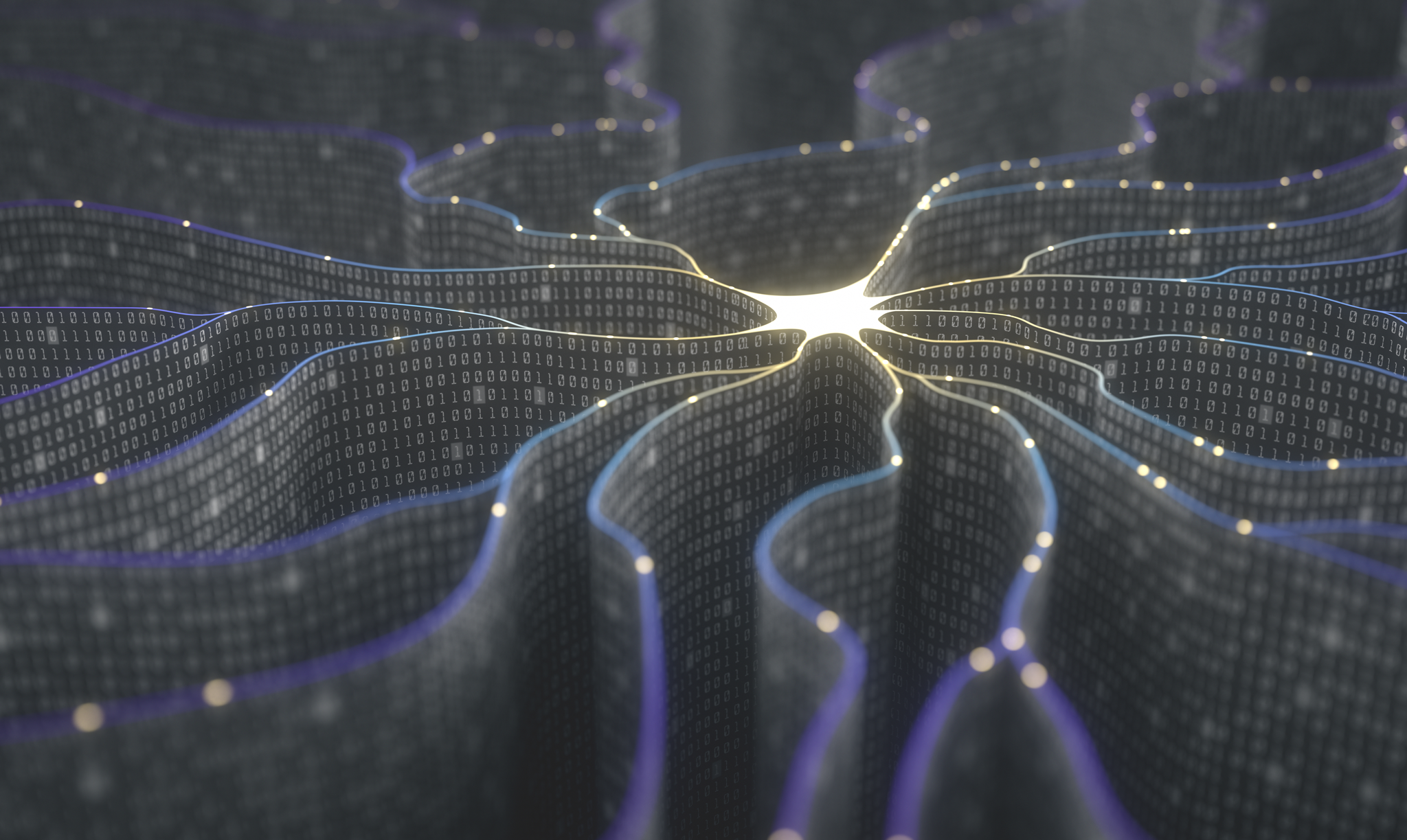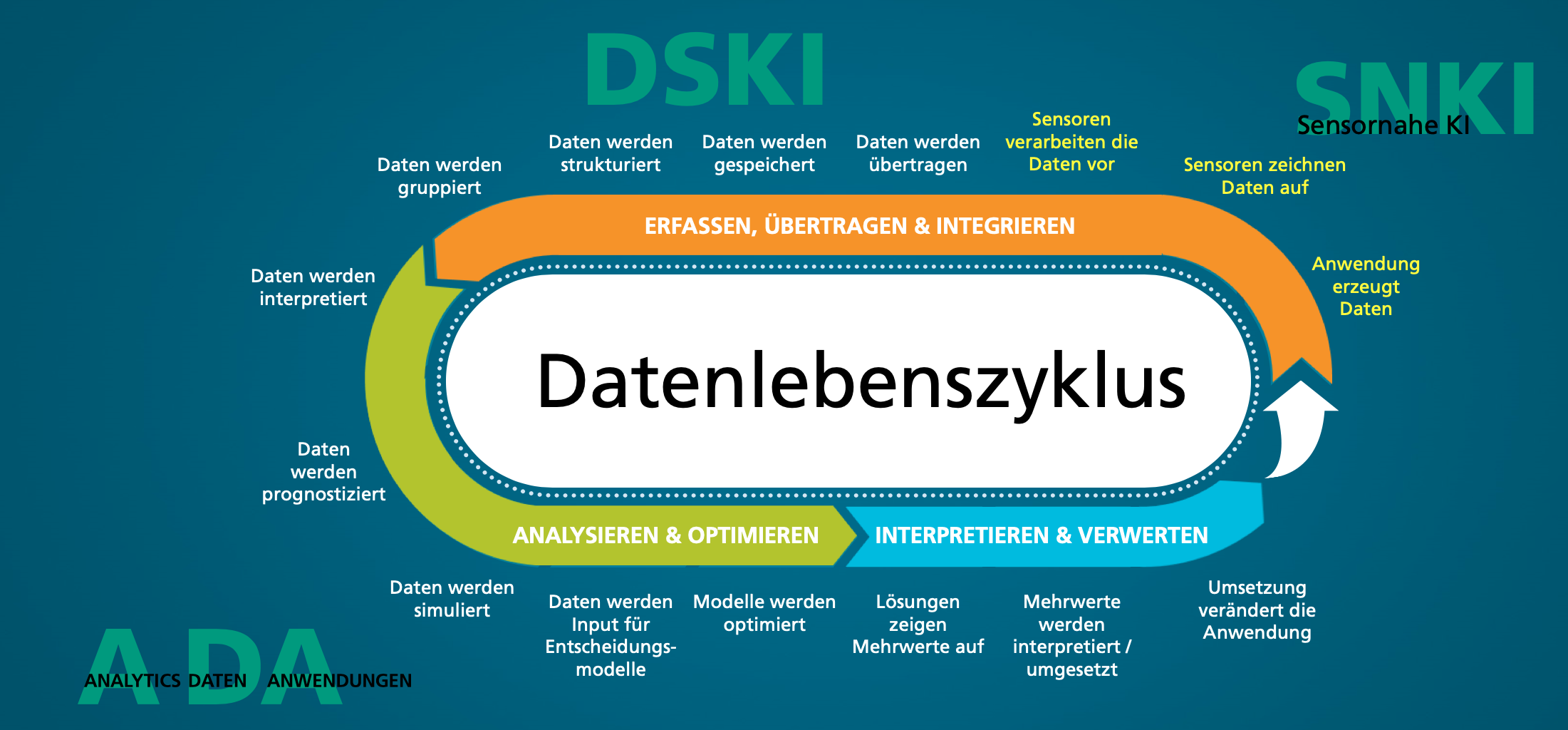The use of artificial intelligence (AI) is playing an increasingly important role in research. Dr. Norman Uhlmann, Deputy Division Director at Fraunhofer EZRT, discusses the prospect of using AI at a level close to sensors.
Near-sensor AI: Generating sensor data of outstanding quality
19.6.2019
Dr. Uhlmann, there has been a lot written recently about data being the raw material of the future. What do people mean by that?
You’re right, I’ve actually heard and read that on many occasions myself lately. Of course, data has always existed; what’s new is that for some time now we’ve been trying to gather as much of the data that arises as possible. In many industries, this has been standard practice for years – and now, more and more sectors are following suit. The challenge lies less in collecting the data than in processing it. That’s why data is sometimes viewed as a raw material. Right now, what people are doing is harvesting this new raw material, but today’s technology doesn’t let them make full use of it yet in many applications. Only time will tell what specific benefits emerge from all the data that’s been collected and – even more importantly – what combinations of different data will allow us to generate added value. What is certain, however, is that various business models will be developed out of these new possibilities.
To what extent is Fraunhofer IIS active in this area?
If we want to both master the flood of data and generate added value from it, then we need new solutions and methods. For us, it’s becoming increasingly important to use and research artificial intelligence and machine learning – we’re working very intensively on these areas at present. Our role is to use AI methods to create systems that benefit customers. AI means a new class of tools that are able to perform much more complex tasks. One very important research topic for us currently is near-sensor AI.
What does the expression “near-sensor AI” mean?
It means using artificial intelligence methods directly on the sensor. Essentially, it is the exact opposite of just collecting data: we try to perform an objective evaluation of data quality and its information content as close to the sensor as possible and then process this result immediately.
And what does that achieve in practical terms?
It enables us to make adaptive adjustments to the sensor. Our primary goal is to generate sensor data of outstanding quality. The data collected in this way is of much higher quality than with conventional sensor systems with standard signal acquisition and processing, as non-linear effects in the signal data can be statistically acquired and correctly processed.
What will a system equipped with near-sensor AI look like? Does near-sensor AI fundamentally alter the design? How will future systems differ from current ones?
Purely on the surface, you’ll hardly notice a difference. The really striking changes will be under the “hood”: first of all, AI-supported systems will be much easier to operate. The system will relieve users of many work steps and help them with tasks such as choosing the right settings. It will also adapt autonomously to changed conditions with no need for user interaction. The main impact of this will be increased efficiency: in the future, I simply won’t have to concern myself with many work steps or changing conditions.
What applications will there be for near-sensor AI?
The use case scenarios are almost unlimited: in the medical sector, for instance in patient monitoring. And of course in manufacturing that uses non-destructive monitoring systems, such as CT scanners for monitoring product quality. Probably the example that most people can relate to, however, is the modern smartwatch and how it measures its wearer’s pulse: even though we don’t scrupulously make sure that the watch is tight around the wrist at all times, modern wearables still manage to provide valid data. How do they do it? You see, endowed with a certain intelligence, the watch notices that the environmental conditions have changed – for example, that it’s a bit further away from the wrist – and tweaks the integrated sensor to allow for this change. After a certain time, the measurement results revert back to normal. So as a user you may not even notice the effect. All we notice is that the device does what it is supposed to do.



